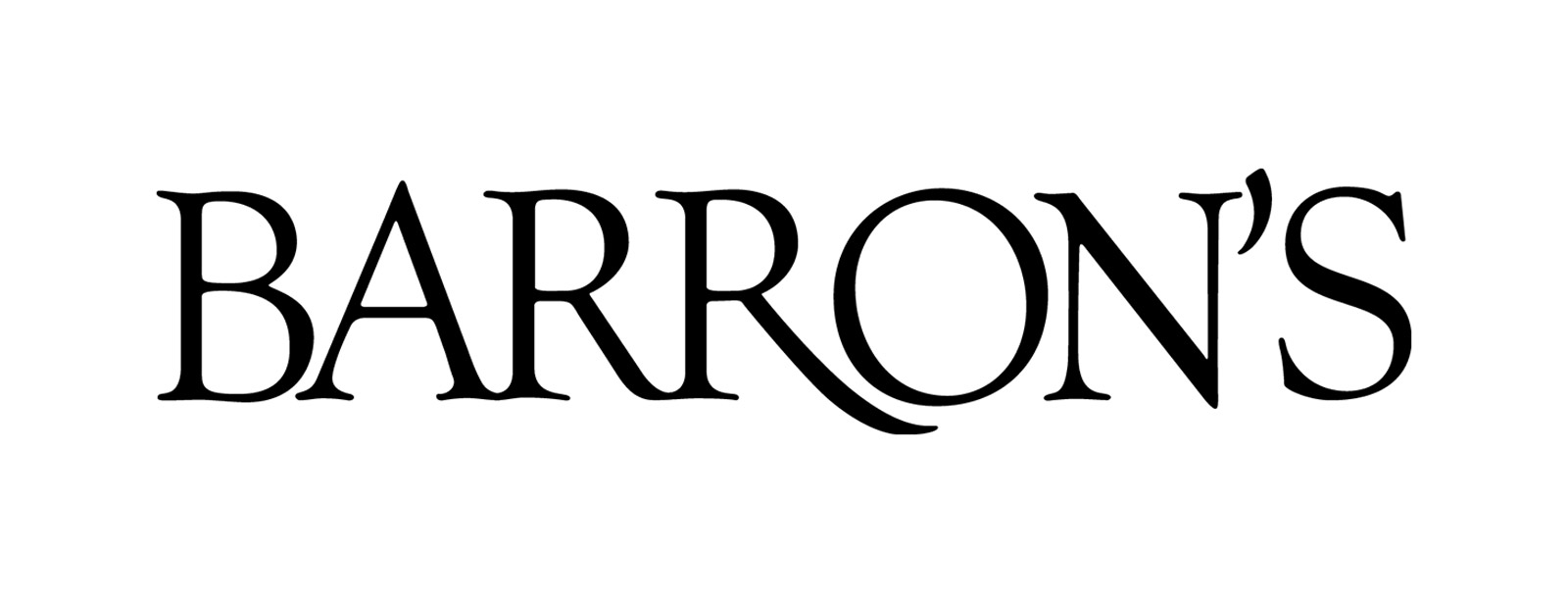The Fed just cut rates. The best places to park cash now, from money pros.
With interest rates on the way down, clients who had been earning 4% on their cash in money markets and short-term Treasuries are starting to ask what comes next. The Federal Reserve’s latest 25-basis-point rate cut, with more reductions likely before year-end, means today’s yields won’t be around much longer. So for this week’s Barron’s Advisor Big Q, we asked advisors: Where are you telling clients who want a good, safe yield on their cash over the next six to 12 months to put it?

Cody Koletic, wealth advisor, Sequoia Financial Group: The Federal Reserve just cut interest rates by 25 basis points, and the markets are pricing in another cut in October and another in December. So for folks who have a clear goal for their cash in the next 12 months, it makes a lot of sense to look at some type of bond that will mature in that time period. We would look for investment-grade bonds, for sure, and we might buy a few different bonds to get diversification.
In the investment-grade space we’re looking at about a 4% yield right now. That’s pretty comparable to what money-market funds might pay. The difference is that money-market funds’ yields could be floating down over the next six to 12 months, whereas if you buy the individual bonds, you are locking in yield at that rate.

Rick Wedell, president, chief investment officer, RFG Advisory: As the Fed moves rates lower, that’s obviously going to put pressure on yields in money-market accounts and those types of things. If you’re super conservative, there’s a decent yield premium that you can get by stretching out from six to 12 months on either short-term Treasury bills, short-term investment-grade corporates or short-term floating rate funds: You can pick up an extra 30 or 40 basis points versus a straight-up one- to three-month T-bill.
If you’re looking for more yield than that, it depends on where you are tax-bracket wise and from a risk standpoint. There are certainly some short-duration, high-yield products and even securitized products like tripl-A CLO [collateralized loan obligation] paper. JAAA is one [Janus Henderson AAA CLO ETF, currently yielding 5.6%] that offers a significant yield premium to shorter-duration Treasuries. That’s a nice play if you’re in a low tax bracket. If you’re in a high tax bracket, there are a couple of products out there that effectively do box-spread trading [an options arbitrage strategy] against short-term Treasuries. That gives you about the same yield as a one- to three-month Treasury, but it gives you capital-gains treatment on the income. If you can hold it for a year and a day, you qualify for long-term capital gains treatment. And if you’re in a high tax bracket, the tax advantage can be significant.

Jamie Cox, financial advisor, LPL Financial: Up until about a week ago we were using T-bills for short-term cash. But short-term rates have really started to take it on the chin, based on the prospect of the Fed being more aggressive with its rate cuts. So we’ve decided to stick with money-market mutual funds, which have been hovering around 4%, and just ride the step down in interest rates. That’s really all you can do. We’re not putting cash in the market and trying to use structured notes or anything like that.
That’s too much risk for clients with heavy liquidity needs. There are certain institutions, like the online banks, that have somewhat better short-term options, but even they are front-running the Fed, lowering rates in advance. One of the funds I use, JP Morgan Liquid Assets, still has a yield over 4%. So you can still get a respectable yield. As soon as the Fed lowers interest rates, good luck. The world of 4%-yielding money markets will soon be behind us, I’m afraid. One other thing that’s important is that a lot of money-market funds have owned, or do own, reverse repurchase agreements [short-term agreements where the fund lends cash to another bank or the Federal Reserve in exchange for Treasuries]. If that materially changes, the yields on those funds will probably drop faster. The reverse-repo market is not dried up, but it’s not as generous as it was a year ago. So the money-market mutual funds are going to have to go somewhere else, and they’re probably going to end up in commercial paper. When they transition from the reverse repos and T-bills and things of that nature to asset-backed commercial paper, it introduces a different risk profile. So you will have to be careful.

Paul Jarvis, financial advisor, Prime Capital Financial: We have Goldman Sachs Select Savings, which we found to have an exceptionally competitive rate—currently 4.25%—FDIC insured, with no minimum balances, no fees, and no transfer restrictions. You can also renegotiate with your local bank on higher rates, which some people are willing to do. We like to see six months of savings in cash for someone with a steady job and income, and closer to a year if you have a commission-type of job or you’re approaching retirement.
If you’ve got that as your emergency fund, you have a nice pool of liquidity, and when you’re planning additional purchases, let’s say you’re buying a house, then you want to have the down payment in that cash or high-yield savings account in addition to the six- or 12-month cushion.
Sources:
Read the original article on Barron’s: https://www.barrons.com/advisor/articles/fed-interest-rates-money-market-cash-yield-bd5fcddf
Author: By Steve Garmhausen – Barron’s September 24, 2025









